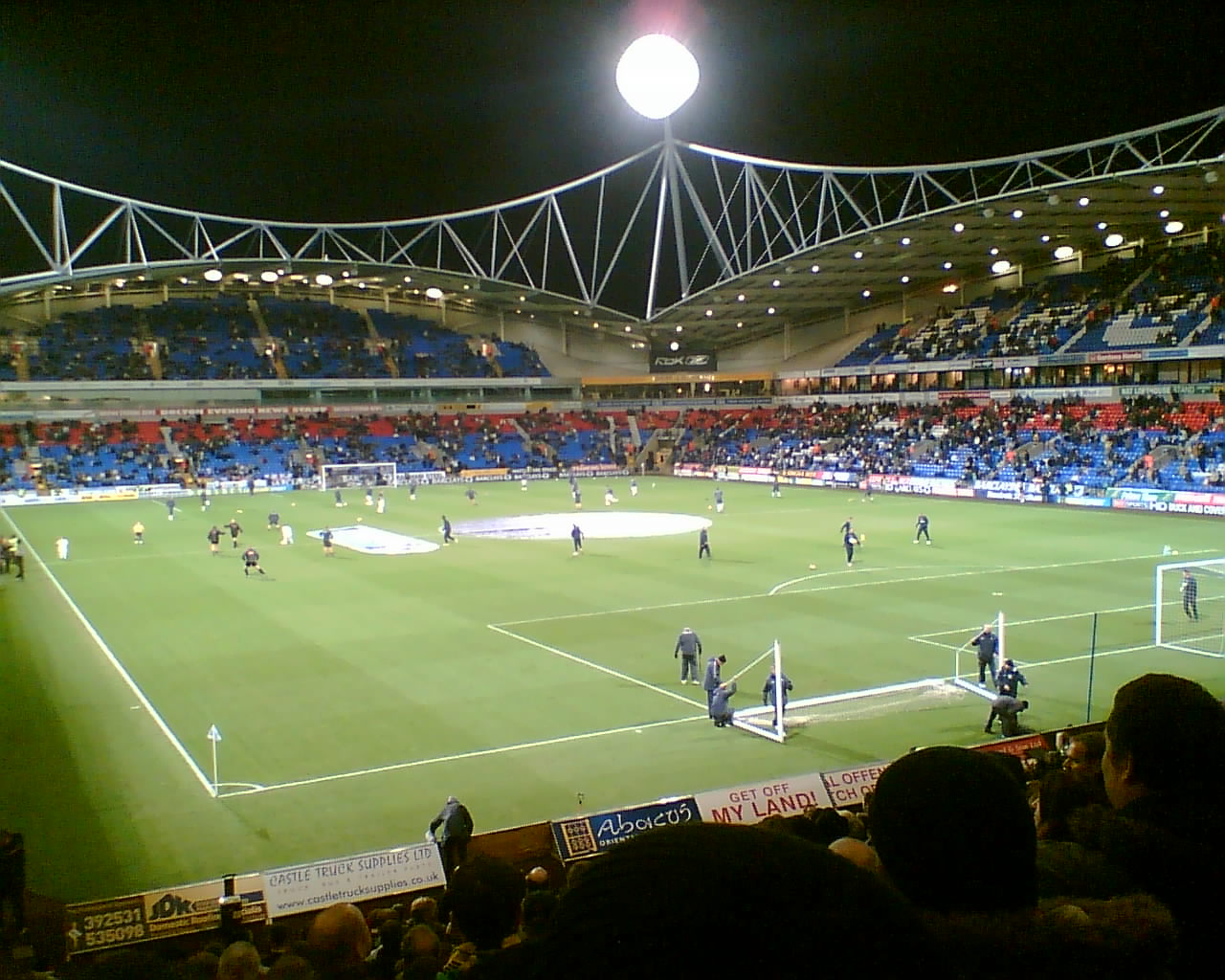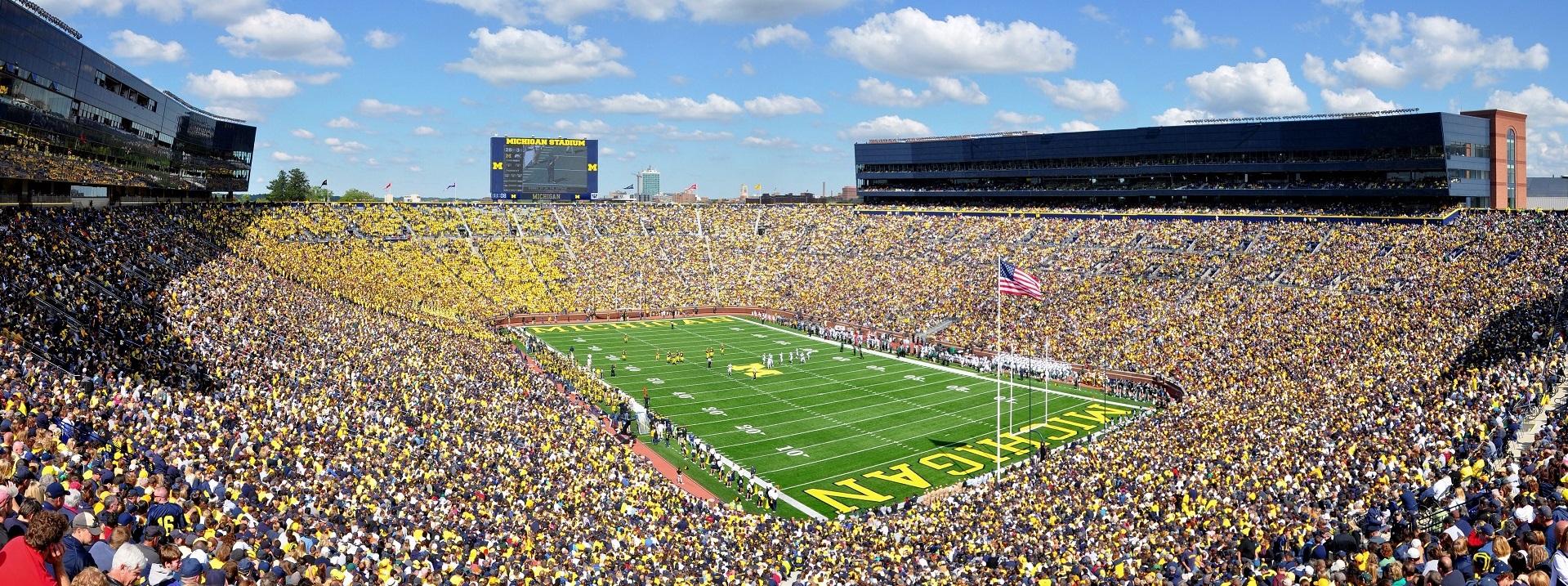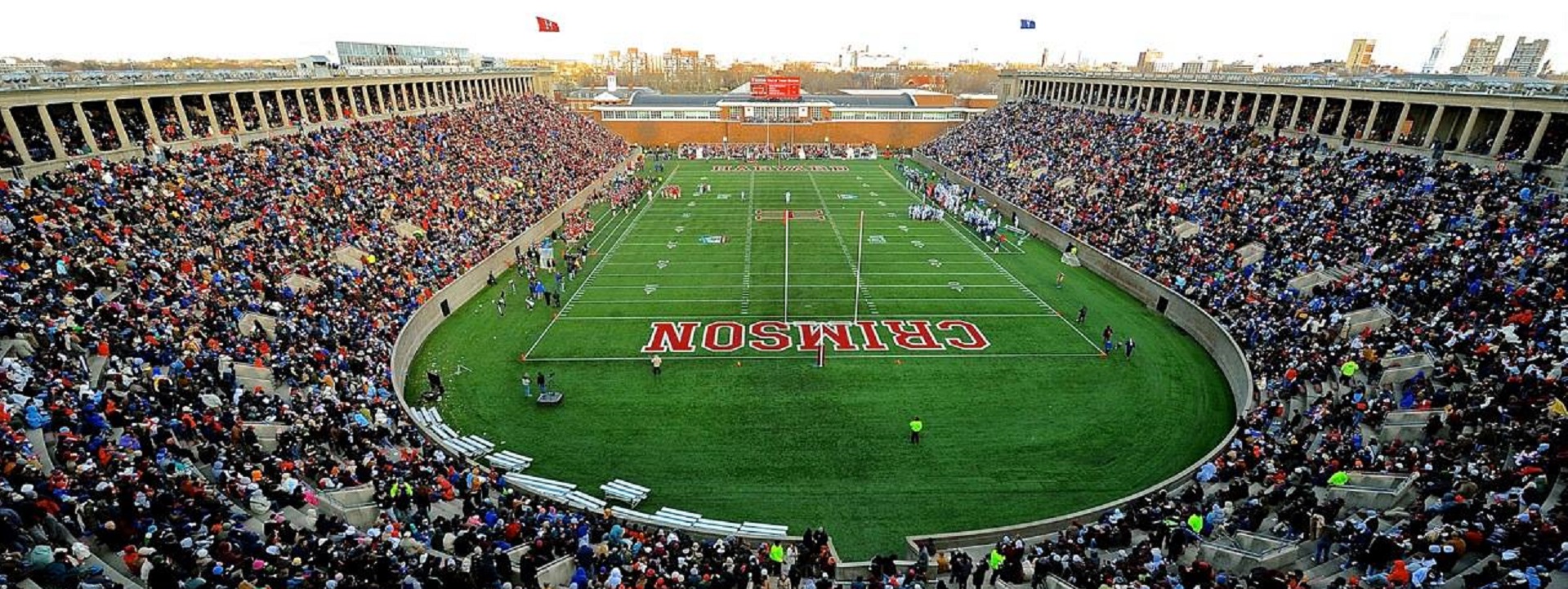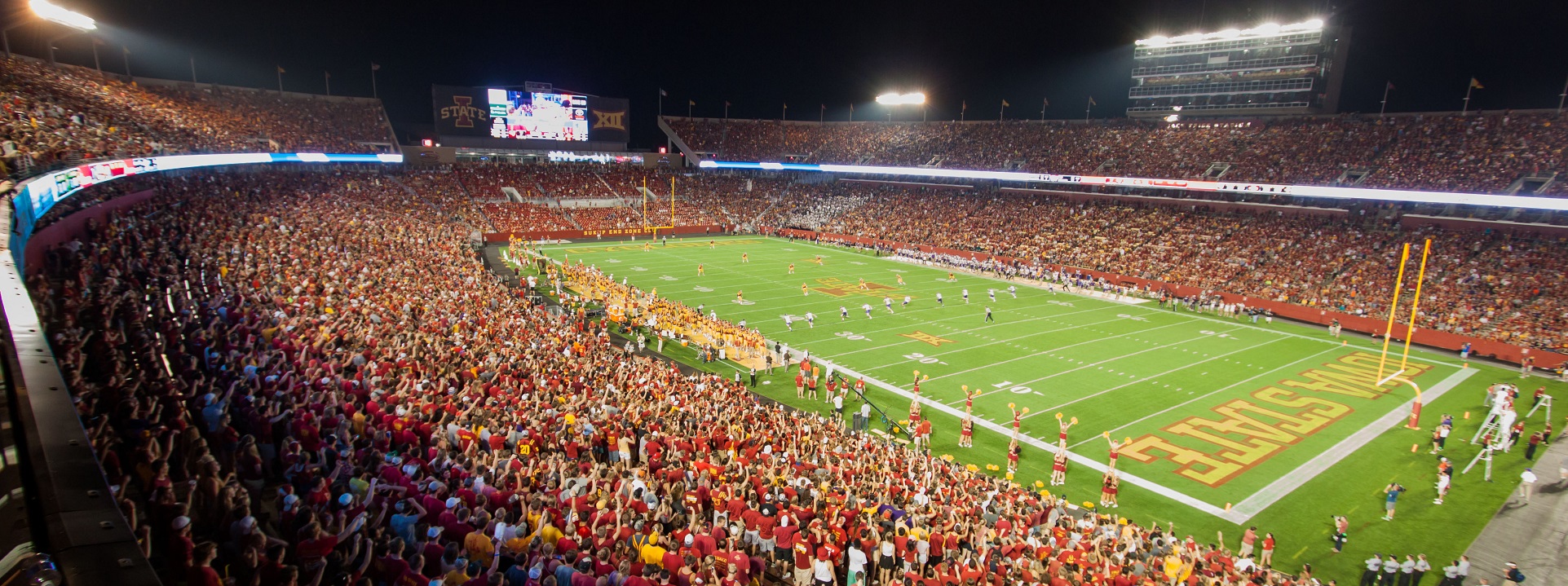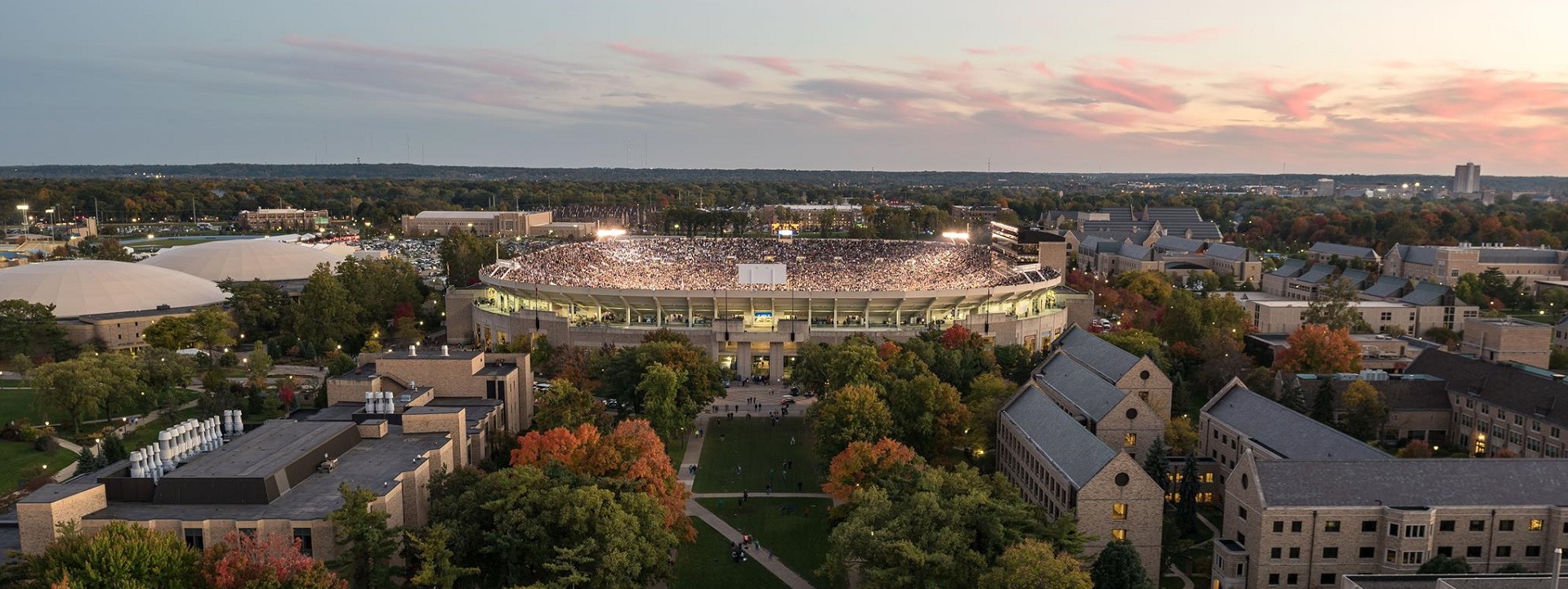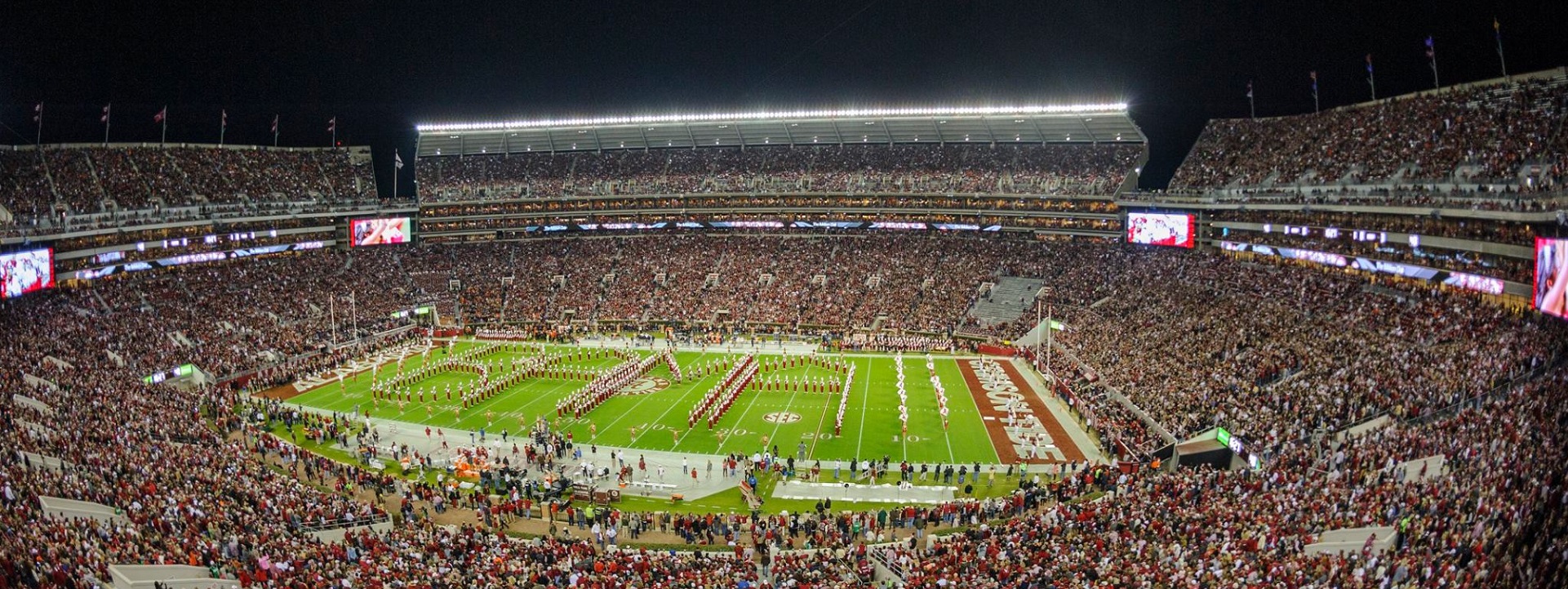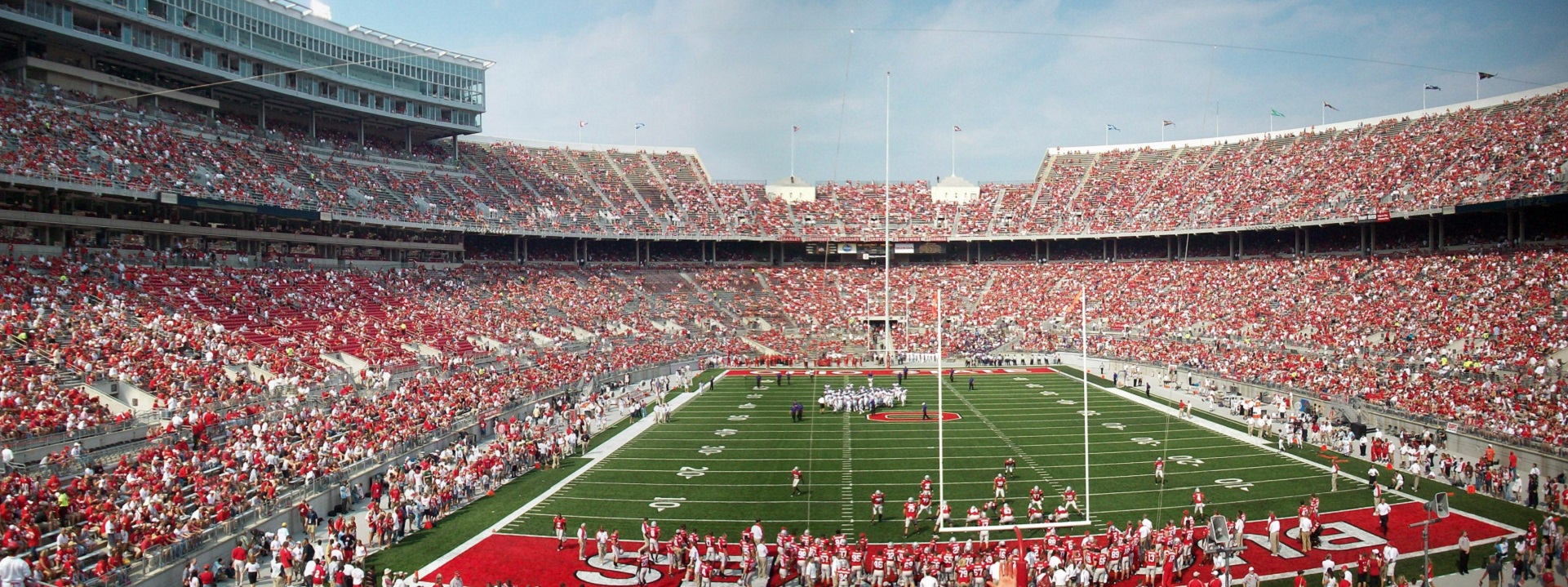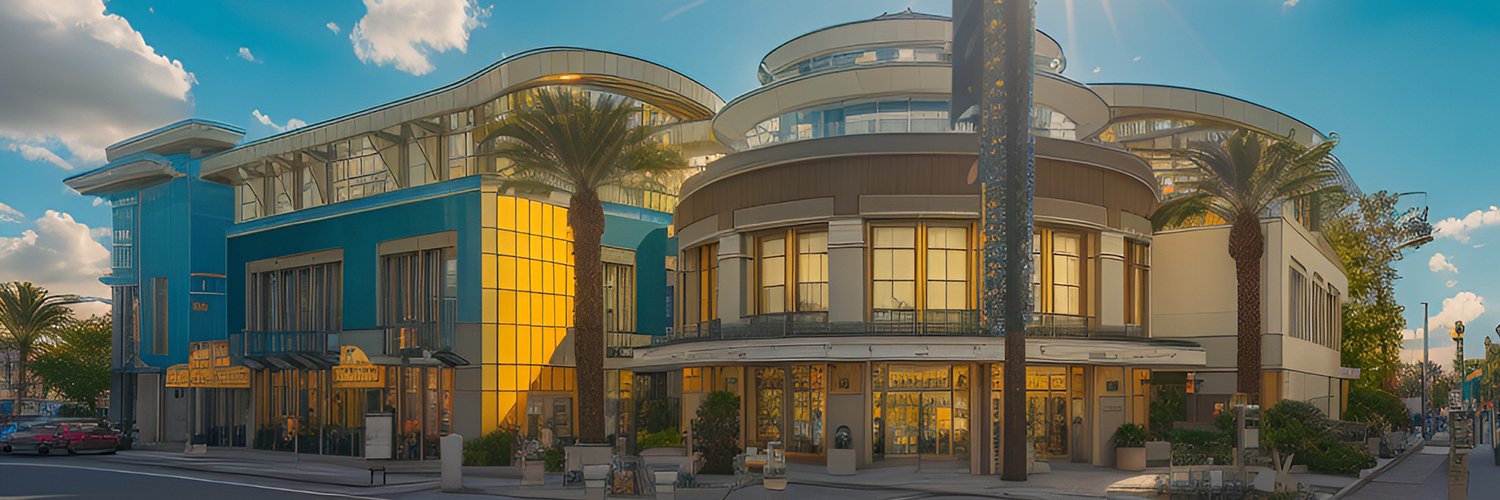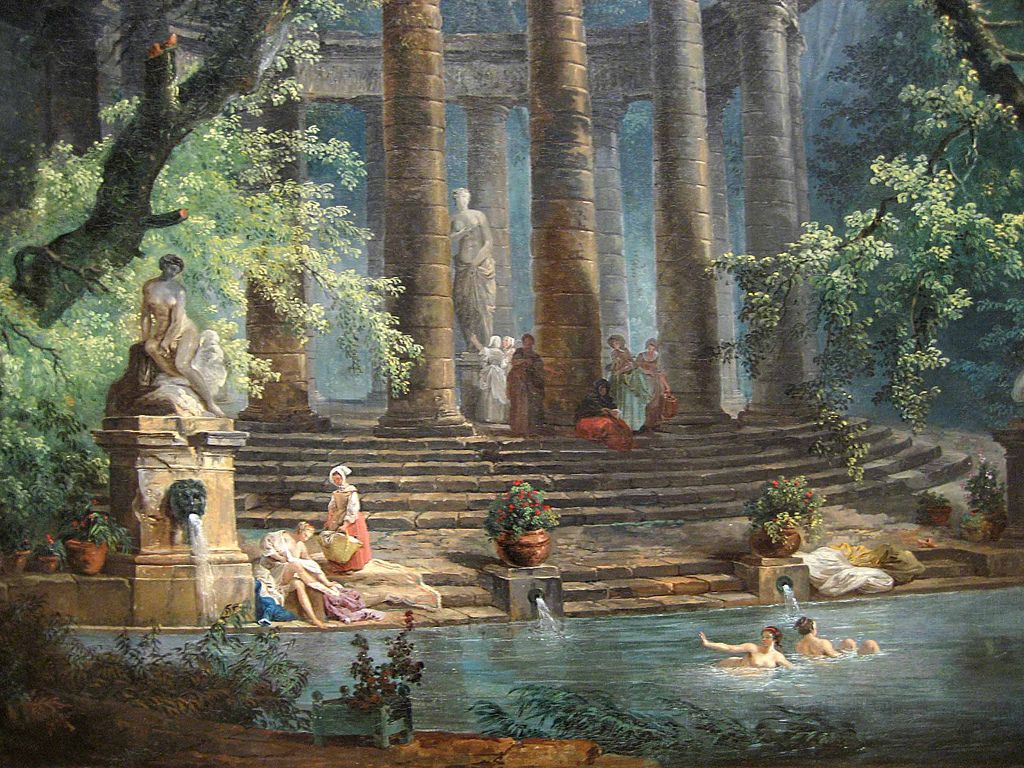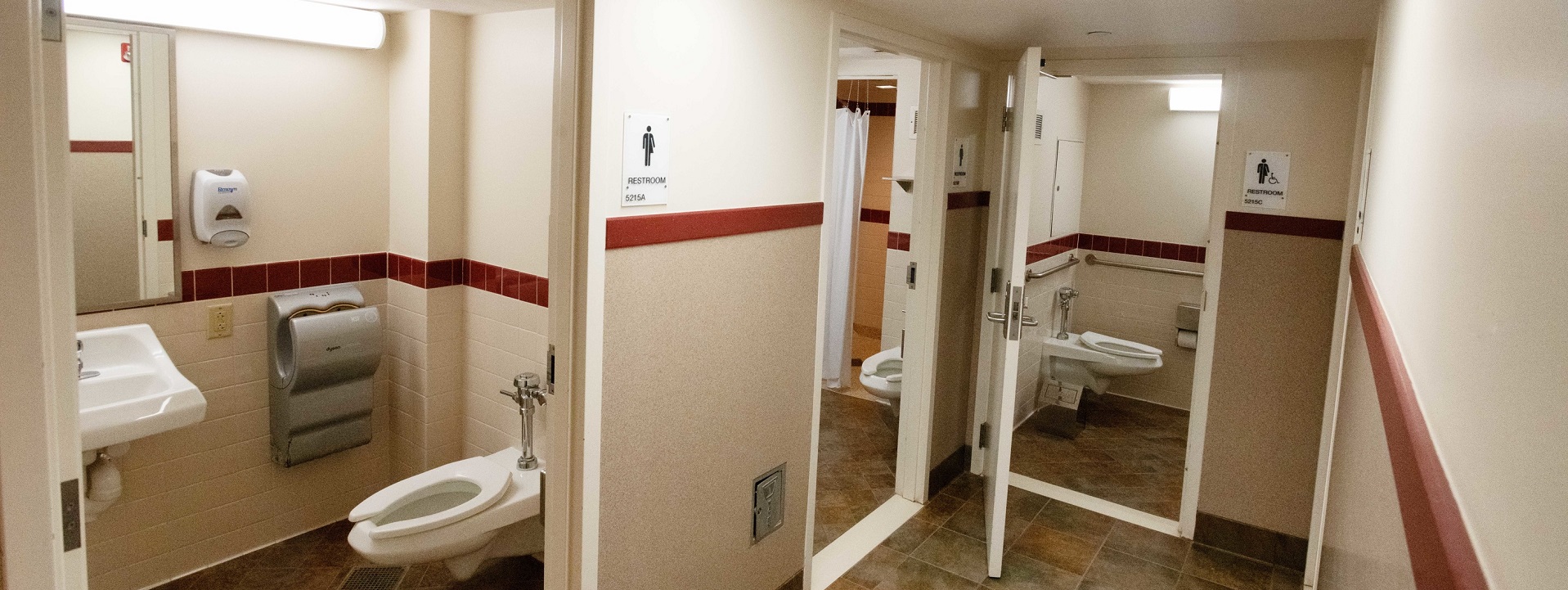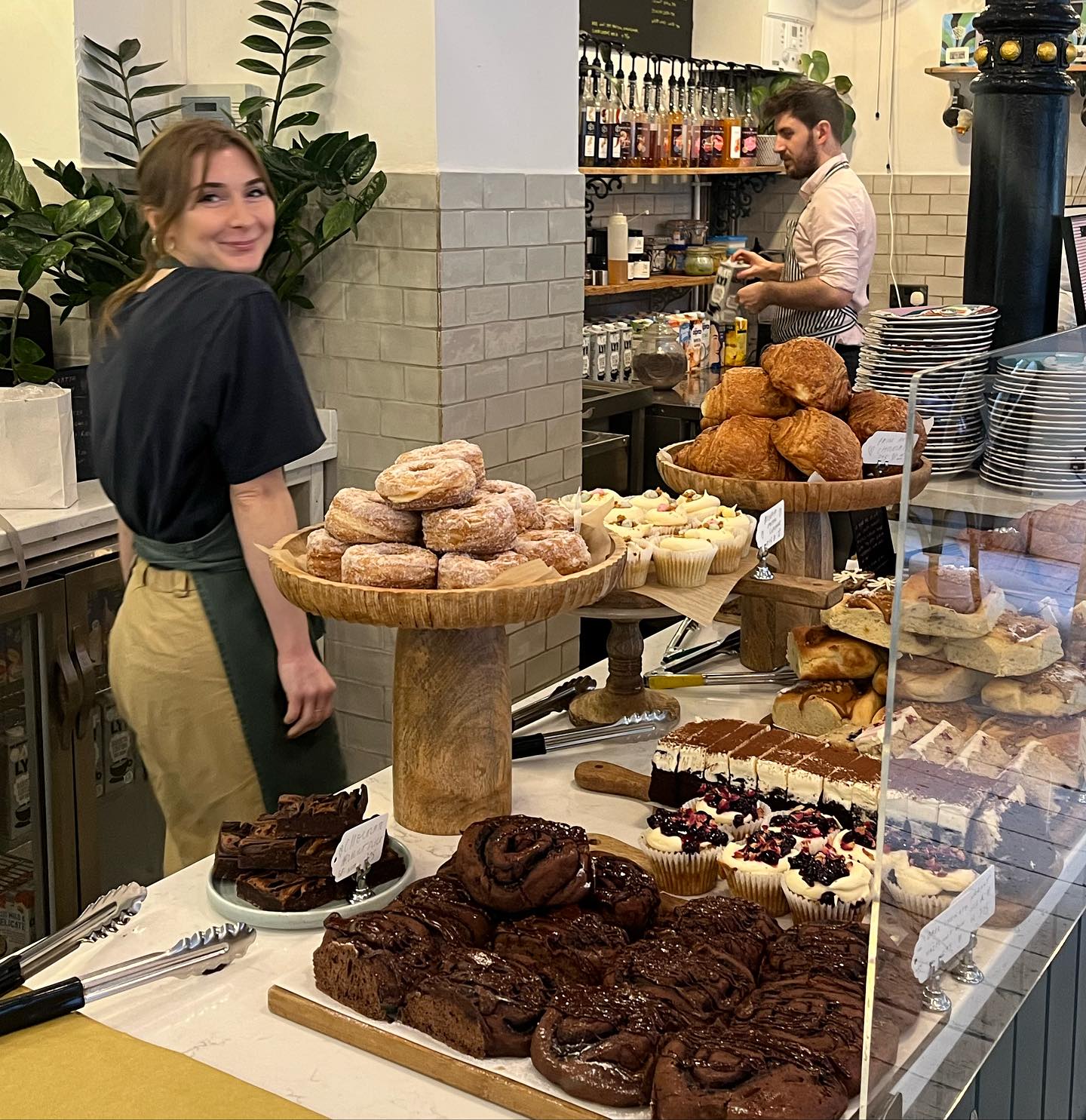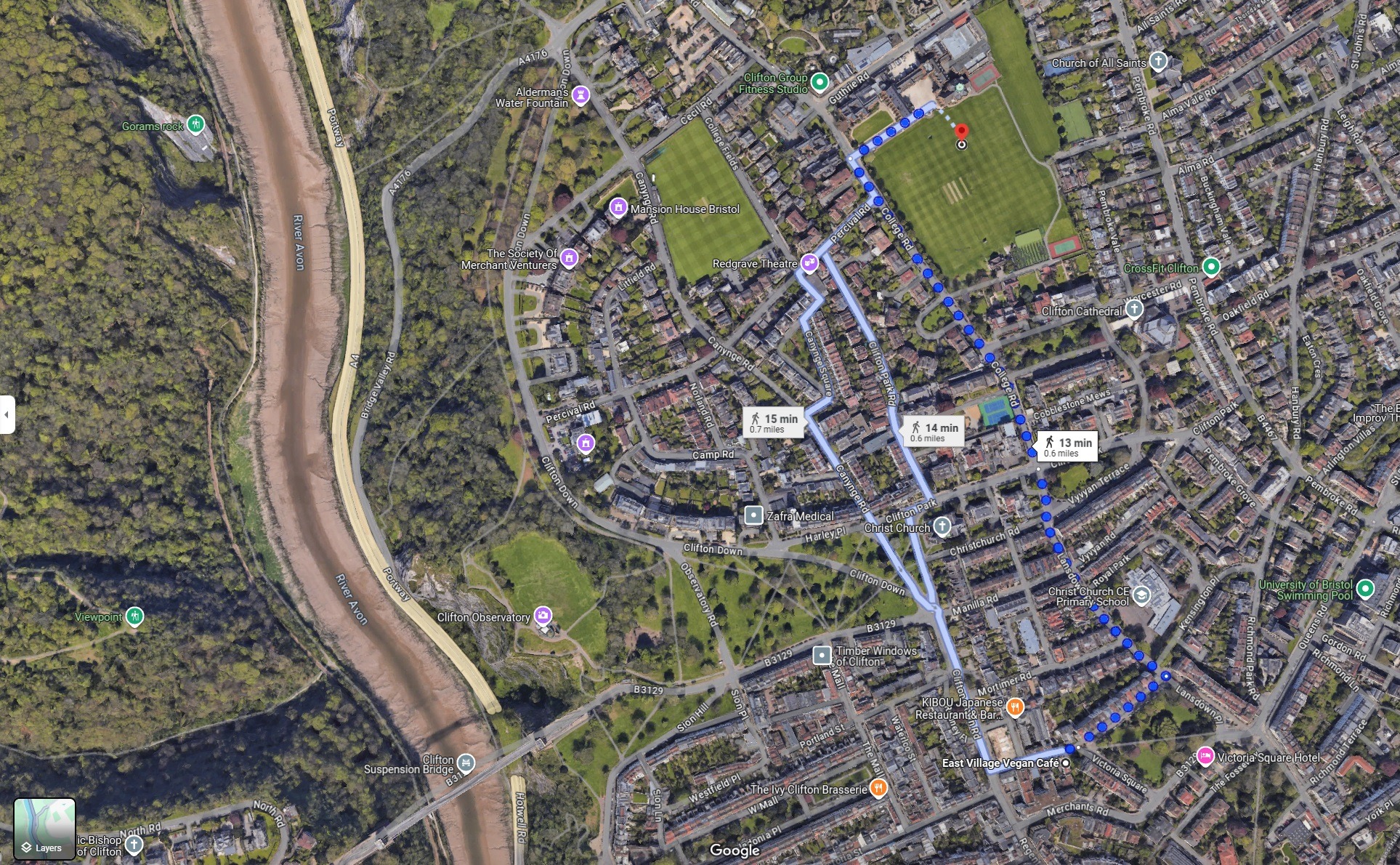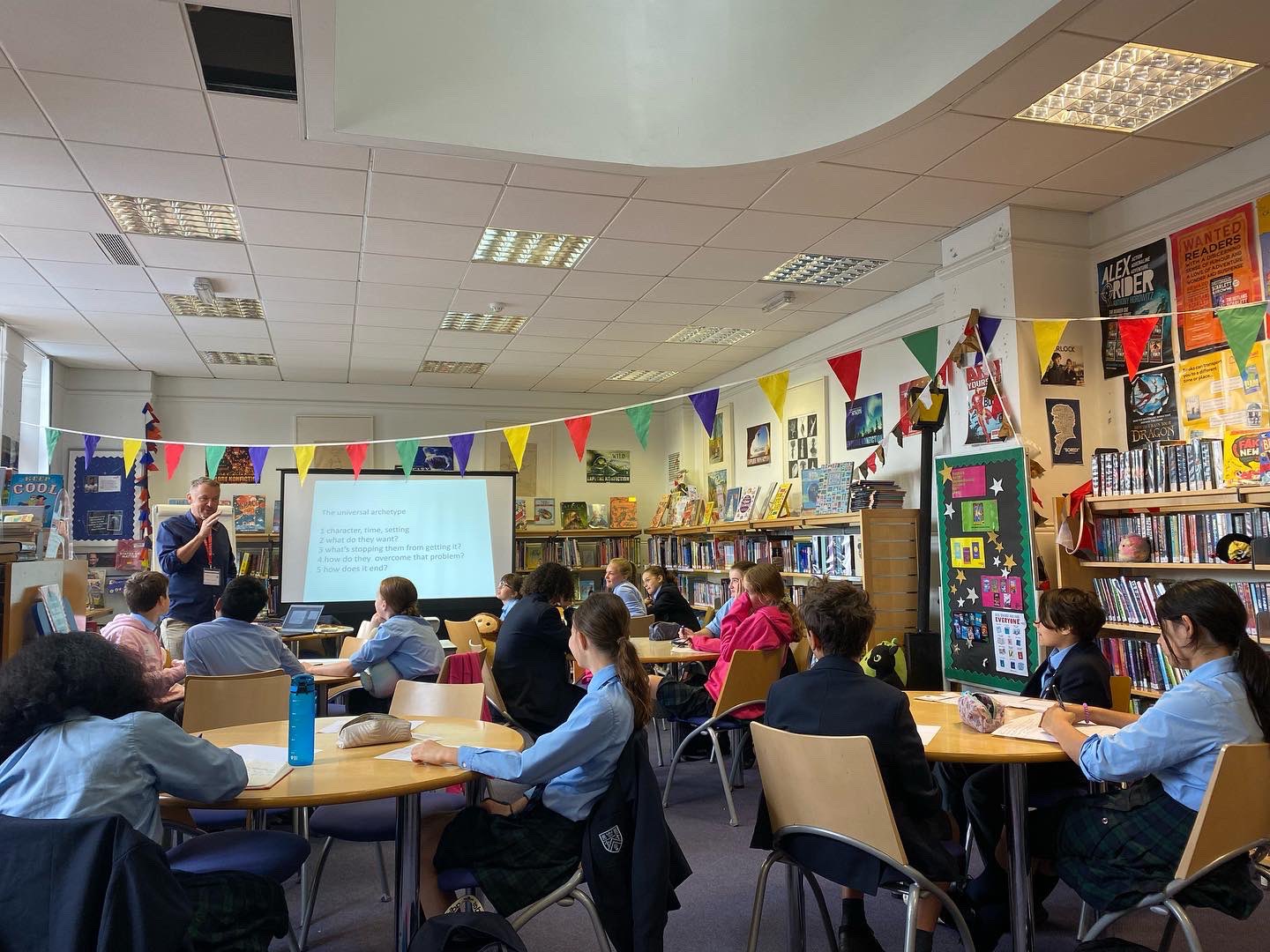Bit of a gear change ahead of the long Memorial Day weekend in the United States. Today, an open agenda. Whatever anyone wants to talk about. We do this once every month. Though today is Memorial Day in the United States we’re still around — “Always Open”. Use the login credentials at the upper right of our home page.
In 2017, we visited the American Cemetery in Normandy, France. Never forget the sacrifice.
I learned that the French take the sand from Omaha Beach & scrub the letters of all 9,386 graves of soldiers who died then. This maintains the names on the crosses.
pic.twitter.com/0zULlXeDuy— 🌴♥️🇺🇸Dixie ♥️s America & Trump🇺🇸♥️🌴 (@DixiDarlen) May 25, 2024
May flowers 🌼 pic.twitter.com/J7HXajDrHL
— University of Michigan (@UMich) May 26, 2024
Showing him my roots in the showmestate ❤️ pic.twitter.com/KDwGaKKfCj
— Beth Hoover (@Bethalma7) May 25, 2024
The IEEE P3119 draft standard is designed to help strengthen AI procurement approaches, using due diligence to ensure that agencies are critically evaluating the AI services and tools they acquire.https://t.co/ujVJxZqjEm @InstituteIEEE
— IEEE Standards Association | IEEE SA (@IEEESA) May 19, 2024
— Standards Michigan (@StandardsMich) May 25, 2024
The word #standard is commonly used in daily language, so much so that people do not always reflect on its definition. Learn how ASTM International’s Regulations Governing ASTM Technical Committees (aka “Green Book”) defines them. #standards See https://t.co/oSBmwh1lbX pic.twitter.com/ynk87XDr7D
— ASTM International (@ASTMIntl) May 21, 2024
I taught these boys (grown men!) when they were just 6 and now they are graduating from college 😮 pic.twitter.com/eNmVf6HiXy
— Sarah Oberle (@S_Oberle) May 21, 2024
The ICC Pulse’s 50th episode, Building Safety as Told by Kids, features children of Code Council staff exploring building safety in their homes. #BuildingSafetyMonth2024 #BuildingSafety365 https://t.co/Hllb1jo9j7
— IntlCodeCouncil (@IntlCodeCouncil) May 23, 2024
“Abide withe Me” | Clare College Choir@ClareChoir @mrgrahamross
.https://t.co/9u1ASZ90MMhttps://t.co/aCNGzZGLJwhttps://t.co/rq3Z9P69E3 pic.twitter.com/J28NhRppBW— Standards Michigan (@StandardsMich) May 19, 2024
“Freebird” Lynyrd Skynyrd Cover | Jacobs University Graduation Band@jacobs_bremen @constructor_uni @IEEECampushttps://t.co/uJD4vqwuLehttps://t.co/wOd3uDeAgZ pic.twitter.com/PQOVYsj8w7
— Standards Michigan (@StandardsMich) May 18, 2024
🏆 We applaud the brilliant minds shortlisted for the 2024 IEEE PES Power Engineering Education Committee (PEEC) Outstanding Doctoral Dissertation Award!
View the announcement & list: https://t.co/jRBmleowel#ieeepes #ieeepesgm #PEEC #powerengineering #electricalengineering pic.twitter.com/Tl6zhCYITY
— IEEE Power & Energy Society (@ieee_pes) May 23, 2024
There’s still time to enter ANSI’s 2024 Student Paper Competition! Win a cash prize by sharing how standards impact #AI. Check out the details:https://t.co/DjXcqf3yRP#studentcompetition #studentnews pic.twitter.com/4IB52fNccm
— ANSI (@ansidotorg) May 24, 2024
Last Families meeting of the year and we are looking forward to big and small adventures this summer! 💚 pic.twitter.com/CvQxtNt1ol
— Mrs. Riley (@MrsRiley_MVES) May 17, 2024




